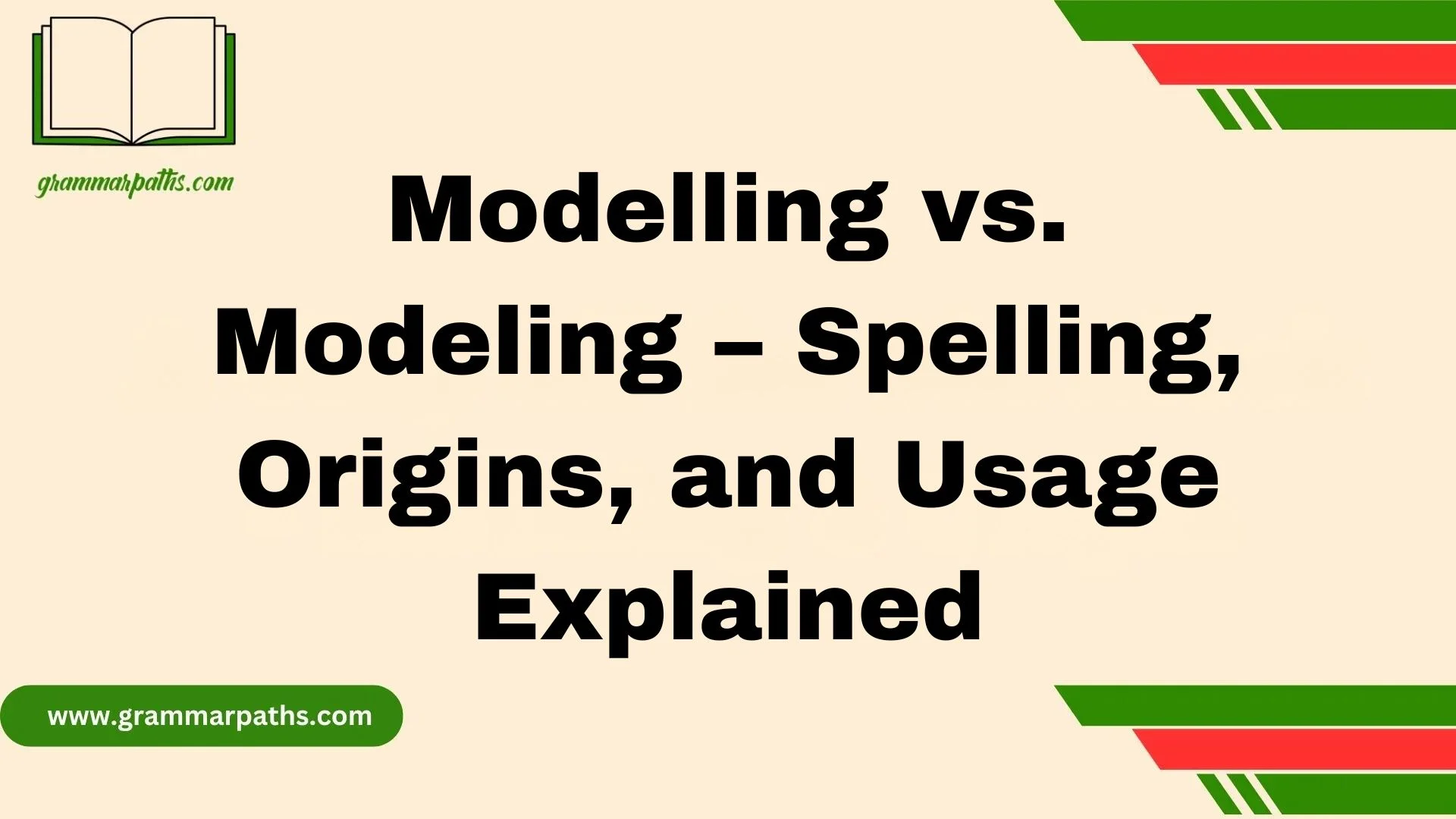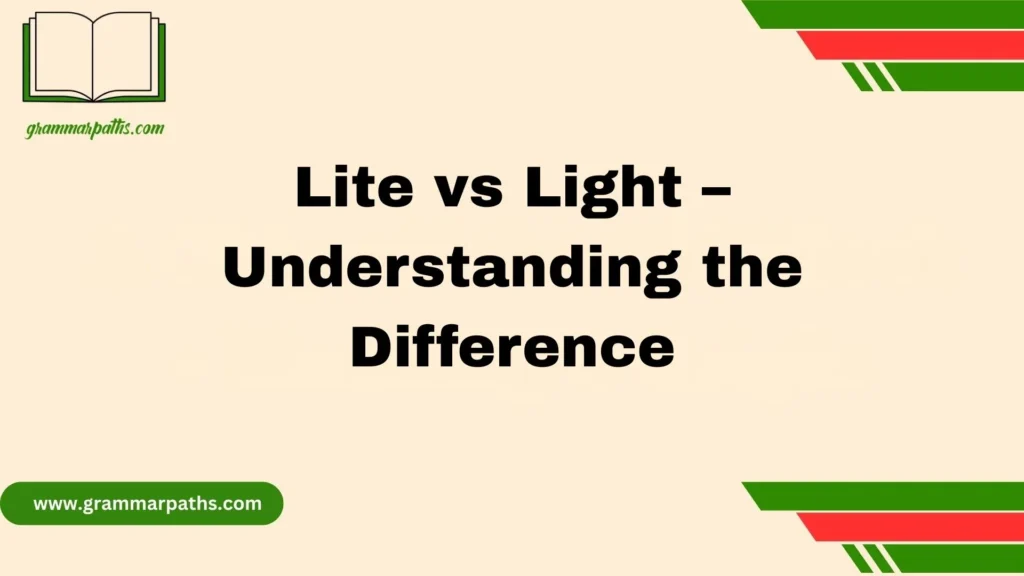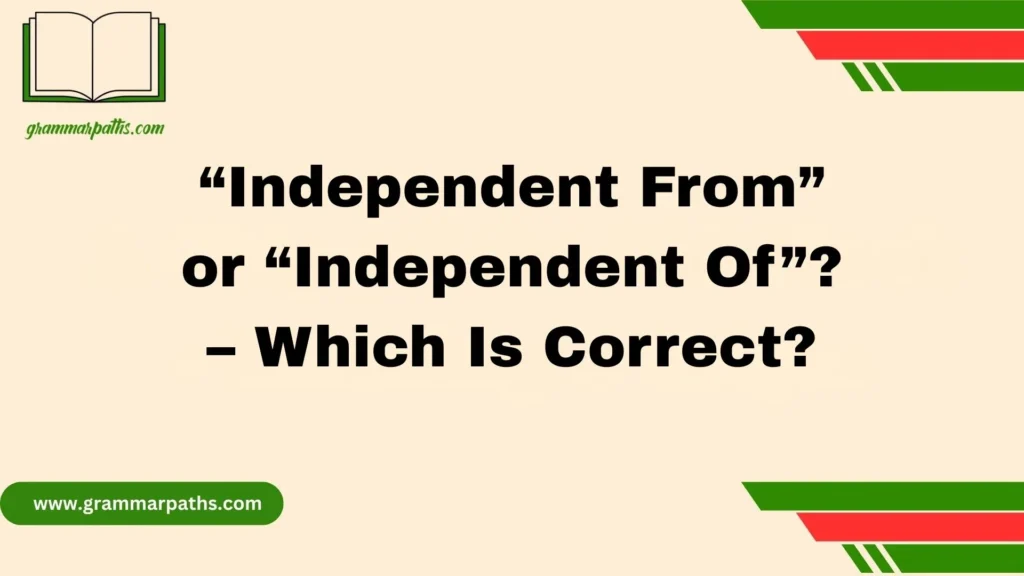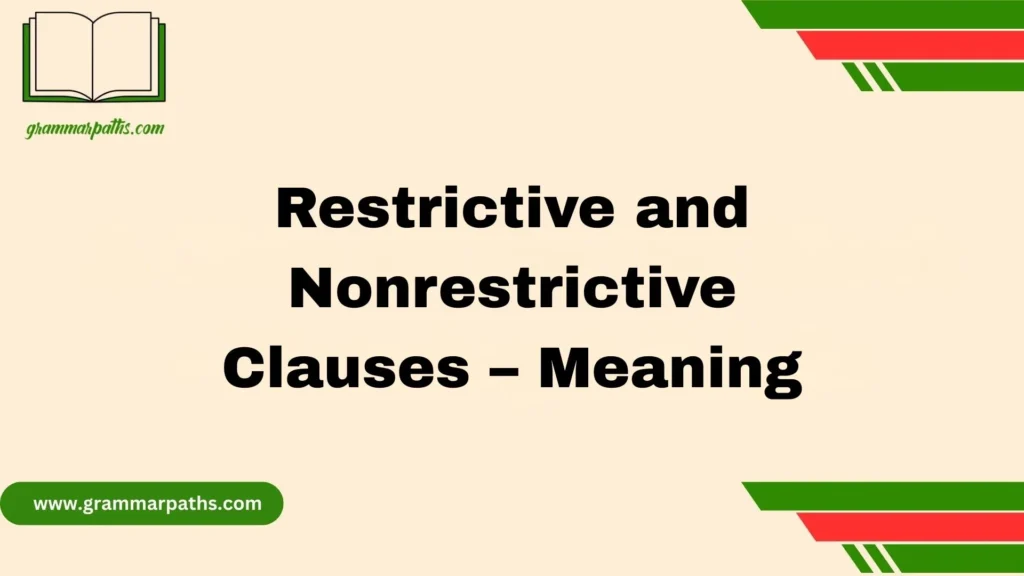When it comes to English spelling differences, few words cause as much confusion as “modelling” vs. “modeling.” At first glance, the two may appear to be simple typos, but in reality, they reflect deeper differences in British English vs. American English spelling conventions. Both terms stem from the same root word, “model,” yet their origins, usage, and acceptance vary depending on where you are in the world.
In British English, the preferred spelling is “modelling” with a double “l,” while in American English, the simplified form “modeling” is more common. This distinction follows the general rule of spelling variations like “travelling” vs. “traveling” or “cancelled” vs. “canceled.” Beyond spelling, the word itself carries different contexts: in everyday language, it can refer to fashion modelling, 3D modelling, role modelling, or mathematical modelling.
Understanding the difference between modelling and modeling is important for writers, students, and professionals who want to ensure accuracy in their work. Using the correct form not only reflects proper grammar and regional usage but also enhances clarity. In this guide, we’ll explore the spelling, historical origins, and practical usage of these variations to help you master them with confidence.
What Do ‘Modeling’ and ‘Modelling’ Mean?
At its core, the verb to model means “to represent something” — whether physically, visually, or behaviorally. Yet the contexts in which we use it are diverse:
- Fashion: Walking the runway, showcasing clothes.
- Architecture: Building small-scale versions of structures.
- Science and Technology: Creating simulations or digital representations.
- Education and Psychology: Demonstrating behavior for others to imitate.
Examples in Sentences
- The designer hired ten models for the fashion show. They are modeling her new collection.
- Students are modelling ecosystems using clay and recycled materials.
- Software engineers are modeling traffic patterns to predict congestion.
Here’s a quick breakdown of core meanings:
| Context | Example Sentence |
| Fashion | She is modeling the latest collection for New York Fashion Week. |
| Architecture | The team spent weeks modelling a scaled version of the stadium. |
| Science/Tech | Meteorologists are modeling storm behavior using advanced algorithms. |
| Psychology | Children learn social skills by modelling their parents’ behavior. |
The action remains the same across fields, but the spelling changes depending on regional norms.
The History of the Word ‘Model’
Words carry history, and “model” is no different.
- The term traces back to the Latin word “modulus,” meaning a small measure or standard.
- French adopted it as “modèle,” referring to a pattern or template.
- English borrowed it in the 16th century, where it described architectural designs and later expanded to art, science, and fashion.
Interestingly, in early English you’ll find the verb “modelize,” meaning “to shape according to a model.” Over time, the simpler “model” won out, but its derivatives — such as modeling and modelling — retained the same sense of representing or shaping.
A peek at early printed texts reveals that spelling wasn’t standardized. You could find both modeling and modelling scattered in 18th and 19th century British and American works. The divergence solidified only in the late 19th and early 20th centuries, as regional spelling conventions matured.
The Spelling Divide: UK vs. US English
The heart of the confusion lies in the great transatlantic spelling split.
British English
British spelling often doubles the final consonant when adding suffixes like “-ing” or “-ed.” That’s why “modelling” and “cancelled” appear with double letters in the UK, Australia, New Zealand, and other Commonwealth countries.
American English
American English tends to simplify spelling, especially when the stress isn’t on the final syllable. This is why Americans write “modeling,” “canceled,” and “traveled.”
Here’s a comparison chart:
| Word Base | UK English | US English |
| Model | Modelling | Modeling |
| Travel | Travelling | Traveling |
| Cancel | Cancelling | Canceling |
| Fuel | Fuelling | Fueling |
Both versions are correct — they simply follow different rulebooks.
The CVC Rule Explained
Grammar helps explain why the split exists. The CVC Rule (Consonant–Vowel–Consonant) governs when to double a final consonant.
- If a word ends in a consonant, preceded by a single vowel, and the final syllable is stressed, double the final consonant before adding “-ing” or “-ed.”
For example:
- Run → Running
- Begin → Beginning
So why the conflict?
- In British English, the rule is applied more broadly, even when the final syllable isn’t stressed.
- In American English, consonant doubling happens only when the stress is on the final syllable.
Since mod-el stresses the first syllable, Americans skip the double “l,” resulting in modeling. Brits still double it: modelling.
Contextual Usage Across Fields
While the spelling difference is rooted in grammar and regional rules, it also shows up in real-world industries.
Fashion
- US fashion magazines: Vogue (US edition) writes modeling contracts.
- UK outlets: Vogue UK prefers modelling careers.
Science & Technology
In scientific writing, American spelling dominates because many journals, especially in STEM, are US-based.
- Example: “Climate modeling predicts rising sea levels.” (US)
- Example: “Statistical modelling assists in public health studies.” (UK)
Education & Psychology
Both spellings appear in research papers, depending on the publisher’s origin. For instance:
- APA (American Psychological Association) uses modeling.
- British Psychological Society uses modelling.
Architecture & Design
Architectural firms follow their home country’s norms. A London firm will write modelling services, while a New York firm will advertise 3D modeling services.
Which One Should You Use?
Choosing between modelling vs. modeling depends on audience, context, and consistency.
- Audience Location:
- Writing for US readers? Stick to modeling.
- Writing for UK/Commonwealth readers? Use modelling.
- Academic/Professional Context:
- Follow the style guide of the journal or institution (APA, MLA, Chicago, Oxford).
- International businesses often adapt spelling to their client’s region.
- Consistency:
- Mixing both spellings in one document confuses readers and looks unprofessional.
Tip: When in doubt, set your spellchecker to the regional version of English you’re writing in.
Common Mistakes and Misconceptions
- Myth: One is wrong.
Both are correct; it’s regional preference. - Mixing spellings in one document.
This is the biggest red flag in professional writing. Choose one and stick with it. - Thinking fashion uses one, science another.
Not true. The difference is regional, not industry-specific. - Believing US spelling is “simplified” or UK spelling is “complex.”
These are neutral conventions, not indicators of difficulty or correctness.
Quick Reference Guide
| Region | Preferred Spelling | Example Use Case |
| United States | Modeling | Behavioral modeling in psychology. |
| UK | Modelling | Modelling agencies recruit new talent. |
| Canada | Modelling | 3D modelling for gaming projects. |
| Australia | Modelling | Climate modelling research in Sydney. |
| International Journals | Varies by publisher | APA uses modeling, BPS uses modelling. |
Conclusion
The debate between “modelling” and “modeling” is not about correctness but about regional spelling preferences. In British English, “modelling” with a double l remains standard, while in American English, “modeling” with a single l is the accepted form. Both words carry the same meaning, whether referring to fashion, mathematics, 3D design, or role models.
The key takeaway is to stay consistent with the style of English you are writing in. If you’re writing for a British audience, use modelling; if for an American audience, use modeling. Recognizing these distinctions ensures your writing looks polished, professional, and culturally accurate.
FAQs
Q1. Is “modelling” correct in American English?
No. In American English, the correct spelling is “modeling.” “Modelling” is considered a British variant.
Q2. Which is more common: modelling or modeling?
It depends on the region. Modeling is more common in the U.S., while modelling dominates in the U.K. and other Commonwealth countries.
Q3. Do both spellings have the same meaning?
Yes, both words mean the same thing, whether referring to fashion, mathematics, or 3D design.
Q4. Should I use “modelling” in academic writing?
Use the form that matches the style guide (APA, MLA, Oxford, etc.) or the regional English you are required to follow.
Q5. Can “modeling” also mean role modeling?
Yes. Both spellings apply to fashion modelling, role modelling, and mathematical modelling depending on the context.

Grace Marie is the dedicated writer behind GrammarPaths.com, where she shares her passion for English grammar, idioms, and writing mastery. With a strong background in language studies and years of experience helping learners improve their communication skills, Grace creates clear, practical, and engaging content that makes English easy to understand.












